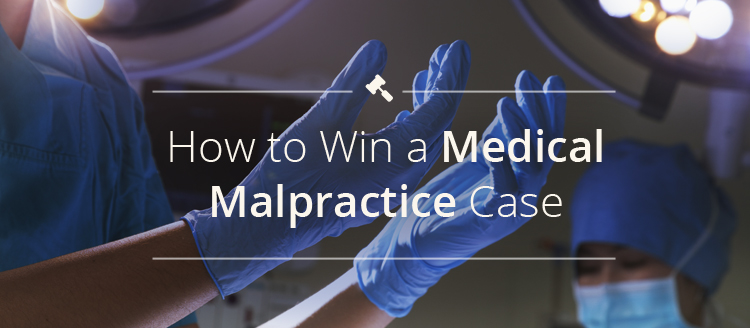Medical malpractice claims arise when a healthcare provider commits medical negligence by act or omission, and this negligence causes the patient injury or death. In medical malpractices cases, which includes, among other areas, birth injury, misdiagnosis, failure to diagnose, and medical errors, the process generally involves the following issues and steps:
Filing suit before the Statute of Limitations
If you have been injured by an act of medical negligence, or if you have lost a loved one as the result of medical negligence, contact an attorney immediately. The Statute of Limitations for medical malpractice cases in Pennsylvania is two years, which begins as soon as the patient discovers, or reasonably should have discovered, that the injury occurred from certain medical treatment. While there are exceptions and various arguments to make to possibly extend the Statute of Limitations, an attorney should be contacted as soon as possible. After the Statute of Limitations has lapsed, you are not usually able to file or successfully continue the lawsuit.
Investigation
Medical malpractice cases are serious matters and involve complex medical and legal issues. After an attorney is contacted and agrees to consider the matter, the attorney and prospective client will need to discuss the facts and circumstances of the situation. Topics such as background, medical history, medical provider identification, medical treatment, injuries and damages will likely be covered.
If the attorney believes that further investigation is warranted, medical records of the prospective client will be obtained. The medical records will be reviewed not only by the attorney, but also by a qualified and appropriate medical professional, such as a physician or nurse. Medical malpractice cases require the support and medical opinions of medical professionals in order to begin a medical malpractice lawsuit and to proceed with a lawsuit. The doctors, nurses or other qualified medical personnel will review the medical records and provide the attorney with an opinion as to whether a medical negligence case is warranted.
The results of the attorney’s investigation will be discussed with the client and a decision made about filing a lawsuit in court.
Lawsuit
If the decision is made to file a lawsuit, the medical malpractice case will proceed in many ways like any other personal injury case. A Complaint is filed to start the lawsuit. The defendants retain counsel and file an Answer or other pleading in response to the Complaint. A process called Discovery then takes place, which may include answering written questions called Interrogatories, exchanging documents such as medical records, conducting depositions of the parties and witnesses, and possibly having the plaintiff examined by other medical providers. Around the end of the Discovery process, various procedures may take place, such as Motion practice, Settlement Conferences, Pre-Trial Conferences and ultimately the scheduling of a Trial date.
Medical malpractice cases also include the assistance of expert witnesses. These cases, depending upon the specific issues involved, require the support and opinions of doctors, nurses, and/or hospital personnel, along with other potential experts like vocational experts, economists, etc. The respective parties’ expert witnesses typically prepare reports containing their opinions which are exchanged among the parties towards the end of Discovery.
The plaintiff in a medical malpractice case must show by a preponderance of the evidence (i.e., more likely then not) that the defendant medical provider deviated from the applicable standard of care and that the deviation, or breach, of the standard of care resulted in harm to the plaintiff. The plaintiff then must show what injuries and legal damages were suffered as a result. In almost all medical negligence cases, expert witness testimony must be presented to establish the applicable standard of care, a breach of that standard of care, and causation; i.e., that the alleged breach of the standard of care caused or increased the risk of harm to the patient. Expert medical opinion is legally required in the majority of cases.
At trial, the parties present their case, which may include testimony of the parties, witnesses and expert witnesses. The parties may also present documents, exhibits and other evidence. At the close of the case, the Judge instructs the Jury on the law and relevant issues, whereafter the Jury deliberates and decides on a verdict.
Disclaimer
While this blog highlights and summarizes the general course of a medical malpractice case, please note that we make no guarantees that any particular case will follow this same pattern or that any reader of this blog will be successful in his or her pursuit of a medical malpractice case, whether they are represented by OnlyWhenYouWin, LLC or not. This blog does not constitute legal advice and is not intended to constitute legal advice. As always, the best thing to do if you believe you may have a medical malpractice case is to work alongside a licensed, reputable attorney who is familiar with the particular fact pattern of your case. Every case depends on its own unique facts and circumstances. Interactions via this website or blog do not create an attorney-client relationship.






